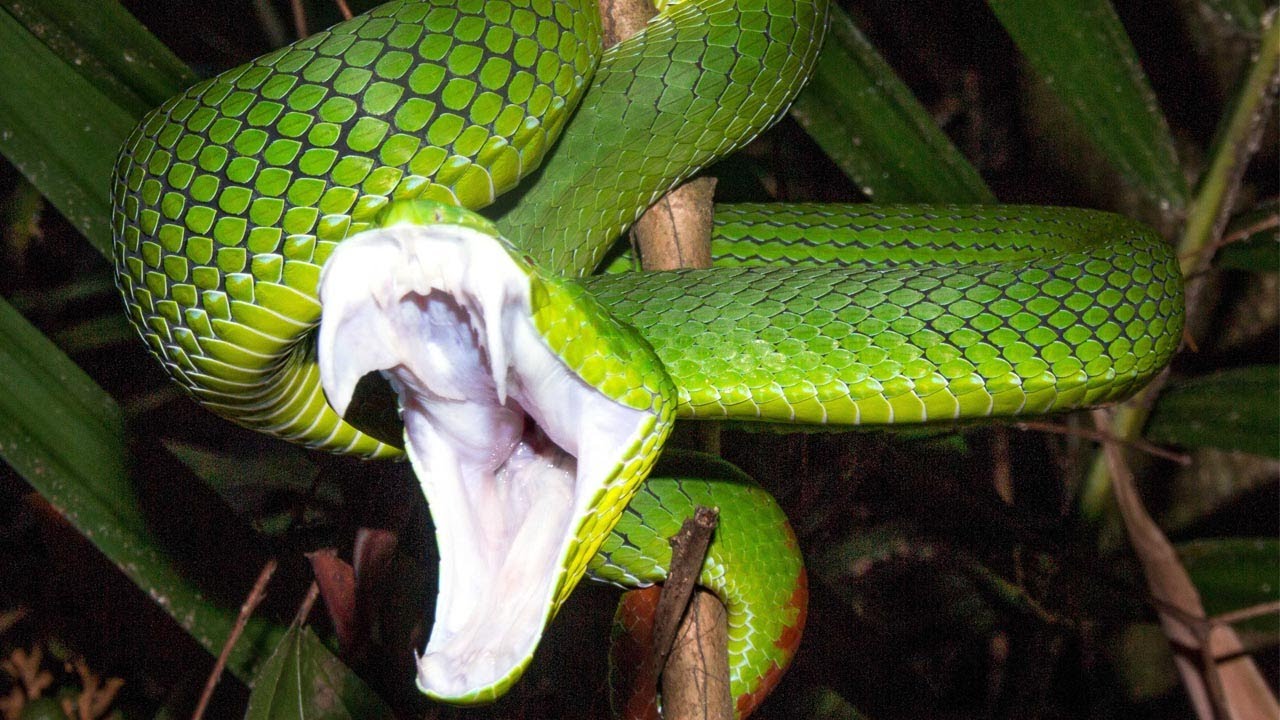In the complex world of serpent behavior, adaptation is key to survival. Among the most fascinating examples of this is the phenomenon of snakes that fundamentally alter their hunting and defensive strategies as they mature. These remarkable reptiles demonstrate not just physical changes as they age but actually transform their entire approach to striking prey and responding to threats. This behavioral evolution, honed through millions of years of natural selection, represents one of nature’s most sophisticated survival mechanisms. As we explore this captivating aspect of snake biology, we’ll discover how these adaptations help these animals thrive across different life stages in environments filled with changing challenges and threats.
The Developmental Timeline of Snake Strike Behavior

Snake-striking behavior follows a fascinating developmental timeline that begins shortly after birth. Juvenile snakes typically emerge with innate striking behaviors that are largely instinctual and less refined than their adult counterparts. As they progress through different life stages, their neuromuscular coordination improves dramatically, allowing for more precise and effective strikes. This development isn’t merely a matter of physical growth but involves complex neurological changes that enhance proprioception—the snake’s awareness of its body position in space. Research has shown that these changes occur in distinct phases, with measurable improvements in strike accuracy, speed, and force production occurring at specific developmental milestones throughout the snake’s life.
The Cottonmouth’s Remarkable Transformation

The North American cottonmouth (Agkistrodon piscivorus) provides one of the most dramatic examples of age-related strike style changes among venomous snakes. Juvenile cottonmouths possess distinctively bright-colored tail tips which they use as caudal lures—wiggling them like worms to attract potential prey within striking distance. This specialized hunting technique, known as caudal luring, is largely abandoned as the snake matures and its tail darkens to match the rest of its body. Adult cottonmouths transition to a more ambush-oriented hunting strategy, lying in wait rather than actively luring prey. This transformation represents not just a change in technique but an entire shift in hunting philosophy, from active enticement to patient ambush predation, demonstrating remarkable behavioral plasticity within a single species’ lifetime.
The Rattlesnake’s Evolving Strike Economy
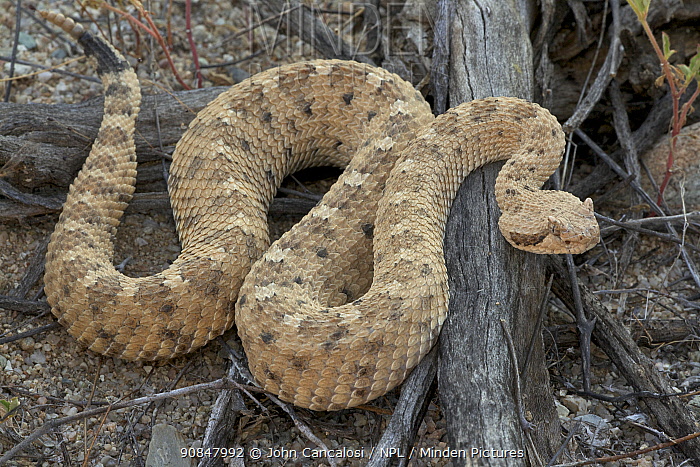
Rattlesnakes demonstrate a fascinating progression in venom deployment strategy that changes dramatically with age. Juvenile rattlesnakes typically deliver what herpetologists call “defensive strikes,” which involve injecting larger quantities of venom when compared to their body size—a phenomenon known as venom metering. This “all-in” approach likely compensates for their smaller size and more vulnerable position in the ecosystem. As they mature, rattlesnakes develop a more economical approach to venom usage, often delivering “dry bites” when dealing with non-prey threats, conserving their precious venom for actual feeding opportunities. This strategic evolution represents an adaptive response that balances the metabolic cost of venom production against the different threats and opportunities the snake encounters throughout its life stages.
Neurological Basis for Changing Strike Patterns

The neurological underpinnings of age-related strike changes involve sophisticated developments in the snake’s brain and sensory systems. Young snakes typically rely heavily on visual cues when striking, with studies showing heightened activity in the optic tectum—the region of the brain processing visual information—during predatory behaviors. As snakes mature, many species develop enhanced integration between their various sensory systems, particularly incorporating thermal sensing via pit organs in pit vipers or improved vomeronasal (Jacobson’s organ) capabilities for chemical detection. This sensory integration allows for multimodal strike triggering, where the mature snake can accurately strike based on a combination of visual, thermal, and chemical cues rather than relying predominantly on a single sensory channel. The neural pathways governing strike behavior undergo significant refinement through experience, creating more efficient and adaptable strike responses.
From Defensive to Offensive: The Strategic Shift
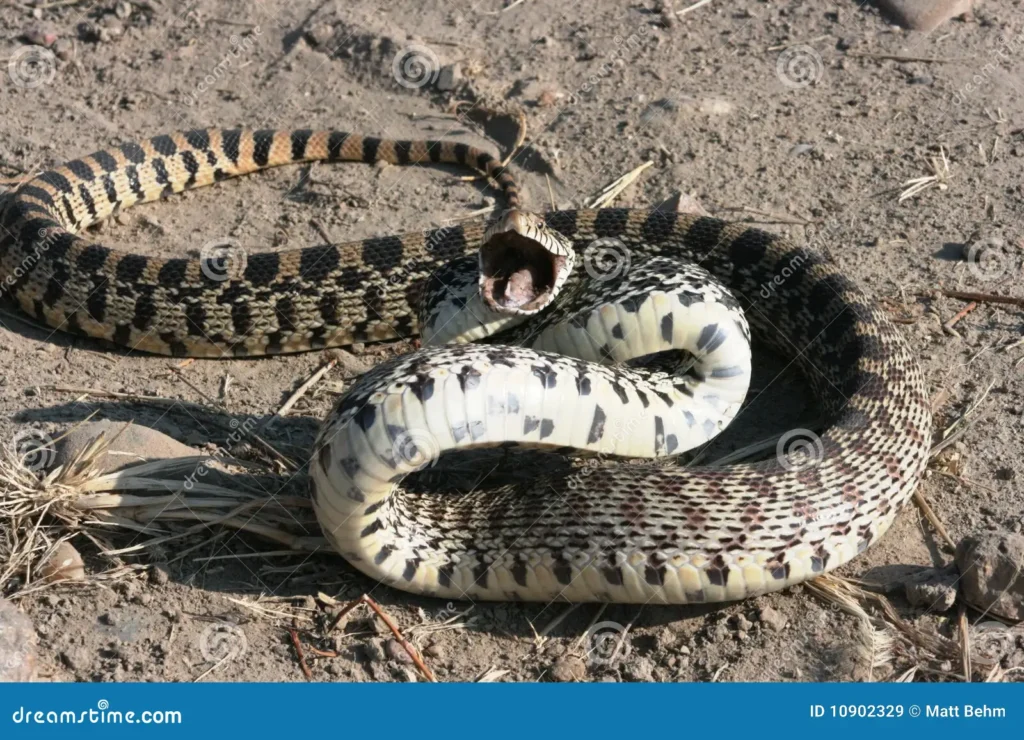
One of the most profound changes in snake strike behavior involves the transition from predominantly defensive striking to more calculated offensive hunting strategies. Juvenile snakes, vulnerable to a wide range of predators, often exhibit hair-trigger defensive strike responses with minimal provocation, striking repeatedly and with full venom deployment even when the threat could be avoided. As they grow larger and less vulnerable to predation, many species demonstrate a marked shift toward conservation of energy and venom, reserving true strikes for genuine hunting or unavoidable defensive situations. This strategic recalibration manifests in observable ways, including increased strike threshold (requiring greater provocation), more precise targeting, and sophisticated threat assessment behaviors that weren’t present in the juvenile stage. The shift represents an optimization of resources that comes with maturity and reduced vulnerability to predation.
The Copperhead’s Caudal Luring Phenomenon
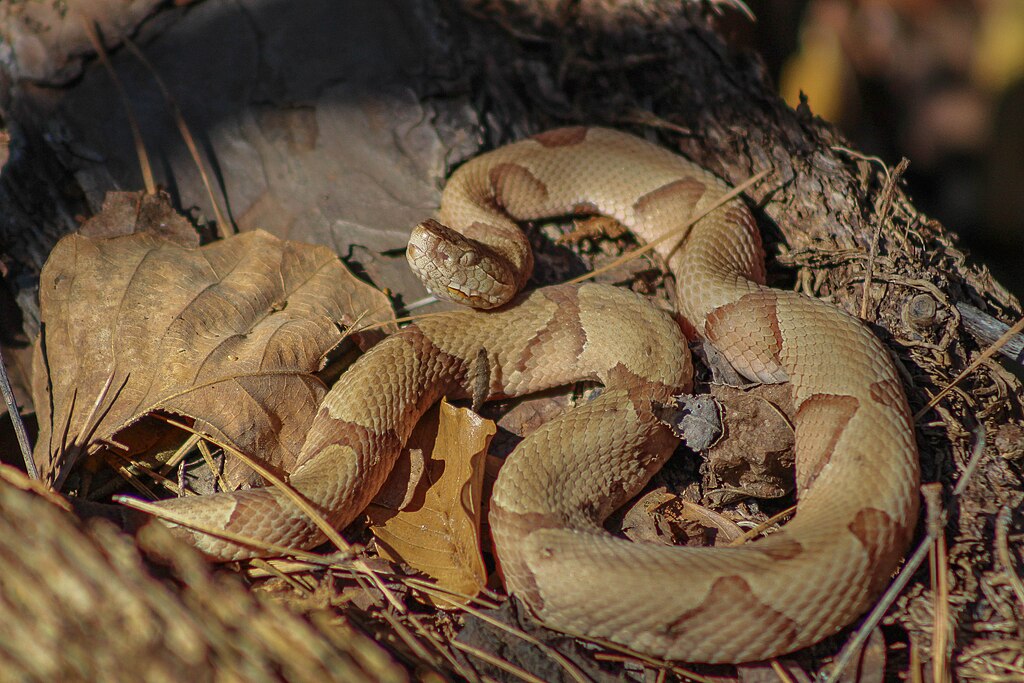
The North American copperhead (Agkistrodon contortrix) provides another striking example of age-specific hunting adaptations. Juvenile copperheads possess a distinctly yellow-tipped tail which they wiggle in a manner mimicking the movement of small worms or insect larvae—a behavior known as caudal luring. This specialized hunting technique allows the young snake to attract potential prey items like frogs, lizards, and even some birds close enough for an ambush strike. As the copperhead matures, the bright yellow tail tip gradually darkens until it matches the rest of the body coloration, and simultaneously, the caudal luring behavior diminishes and eventually disappears entirely. This coordinated change in both physical appearance and hunting behavior represents a remarkable example of developmental adaptation, where the snake’s hunting strategy evolves in perfect synchronization with its changing morphology.
Venom Composition Changes Throughout Life
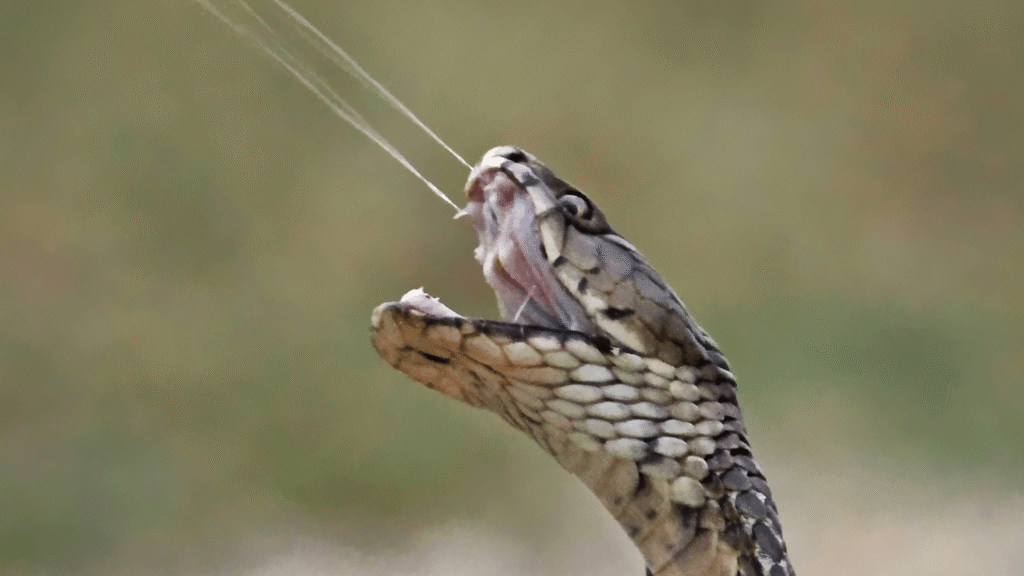
The chemical composition of snake venom itself undergoes significant changes throughout a snake’s lifetime, directly impacting strike effectiveness and purpose. Juvenile venomous snakes often produce venom with different toxin profiles than their adult counterparts, typically containing higher concentrations of neurotoxic components that rapidly immobilize prey. This adaptation helps compensate for the young snake’s smaller size and less powerful constricting abilities. As the snake matures, many species shift toward venoms with stronger tissue-destroying (cytotoxic) or blood-clotting (hemotoxic) properties that, while slower-acting, are more efficient for subduing larger prey items that mature snakes target. This ontogenetic shift in venom composition represents a sophisticated adaptation that aligns the snake’s biochemical weaponry with its changing prey preferences and physical capabilities throughout its lifespan.
Strike Precision and the Role of Experience
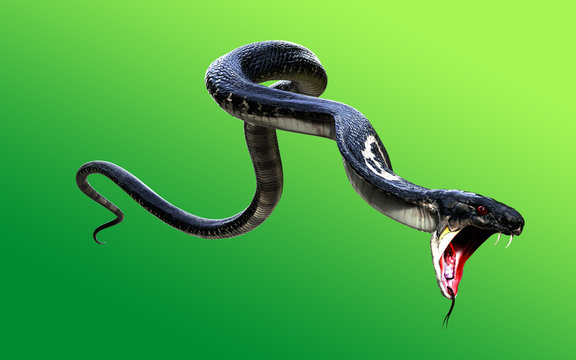
The accuracy of a snake’s strike improves dramatically with age, driven largely by neural refinement through experience. High-speed photography studies have revealed that juvenile snakes frequently miscalculate distances and angles during strikes, sometimes missing targets entirely or striking non-optimal locations on prey items. This imprecision stems from underdeveloped proprioceptive abilities—the neurological sense that allows animals to understand the position and movement of their body parts. As snakes mature and accumulate hunting experiences, their strike accuracy improves markedly through a process analogous to motor learning in mammals. Research with experienced adult snakes shows they can precisely target vulnerable anatomical points on prey with remarkable consistency, demonstrating that strike refinement continues throughout much of the snake’s life through a combination of neurological development and experiential learning.
The King Cobra’s Evolving Defensive Display

The king cobra (Ophiophagus hannah) demonstrates one of the most dramatic age-related changes in strike behavior among all snake species. Juvenile king cobras typically employ rapid, multiple strikes when threatened, often delivering full venom loads with each strike attempt. As they mature into impressive adults that can reach over 18 feet in length, their defensive strategy shifts toward the iconic hooded display and elevated posture that makes them appear even larger. Adult king cobras will maintain this intimidating posture for extended periods, often preferring to bluff rather than strike, and when they do strike, they demonstrate remarkable control—sometimes delivering dry bites or measured venom amounts based on threat assessment. This evolution from reactive juvenile striking to the more measured, display-oriented defense of adults represents a sophisticated behavioral maturation that conserves energy and venom while maximizing the effectiveness of their defensive repertoire.
Temperature Sensitivity and Strike Adaptations
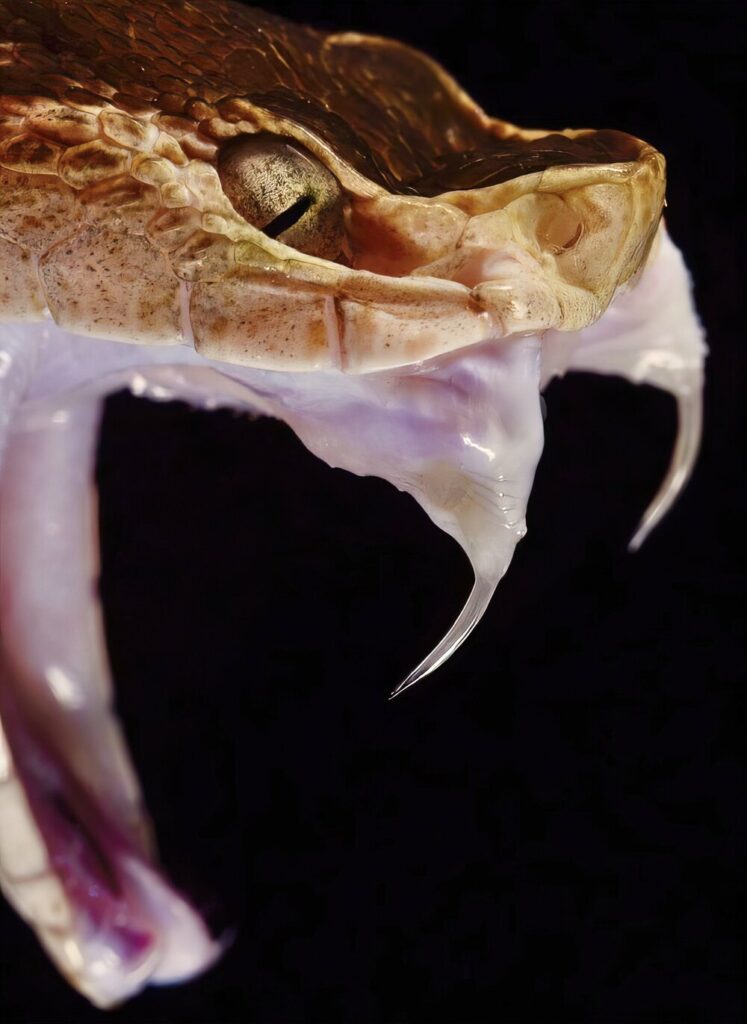
The relationship between temperature sensitivity and strike behavior undergoes significant changes as snakes age, particularly in pit vipers and other thermally sensitive species. Juvenile snakes typically display less refined thermal detection capabilities, with research showing they require larger temperature differentials to accurately target prey using their heat-sensing pit organs. As these snakes mature, the neural pathways connecting their thermal sensors to strike-coordination centers become more sophisticated, allowing adult snakes to detect and accurately strike at prey with temperature differentials as small as 0.003°C above ambient temperature. This enhanced thermal sensitivity correlates with changes in hunting patterns, with mature snakes demonstrating the ability to hunt effectively in lower light conditions or even complete darkness—a capability that expands their hunting opportunities substantially compared to their juvenile counterparts. This age-related improvement in sensory integration represents one of the most sophisticated adaptations in the reptile world.
Strike Velocity and Force Production Changes
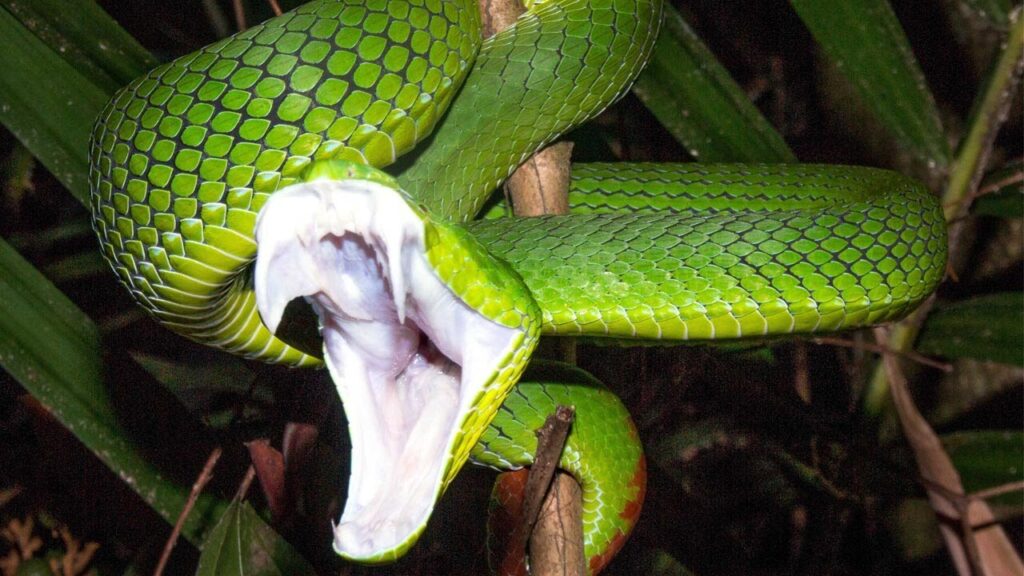
The biomechanics of snake strikes undergo remarkable developments throughout a snake’s life, with measurable changes in both velocity and force production. Juvenile snakes typically demonstrate higher strike velocities relative to their body size, with some studies recording strikes at speeds up to 175 times their body length per second. However, these high-velocity strikes lack the mass and momentum of adult strikes, resulting in less impact force and penetration power. As snakes mature, their strike velocity relative to body length actually decreases slightly, but the absolute force generated increases dramatically due to greater muscle mass and improved neuromuscular coordination. High-speed videography has revealed that adult snakes also develop more sophisticated strike trajectories, often incorporating slight curves or compensatory movements that improve accuracy in real-world conditions where prey might move during the strike sequence.
Learning and Memory in Strike Behavior Development
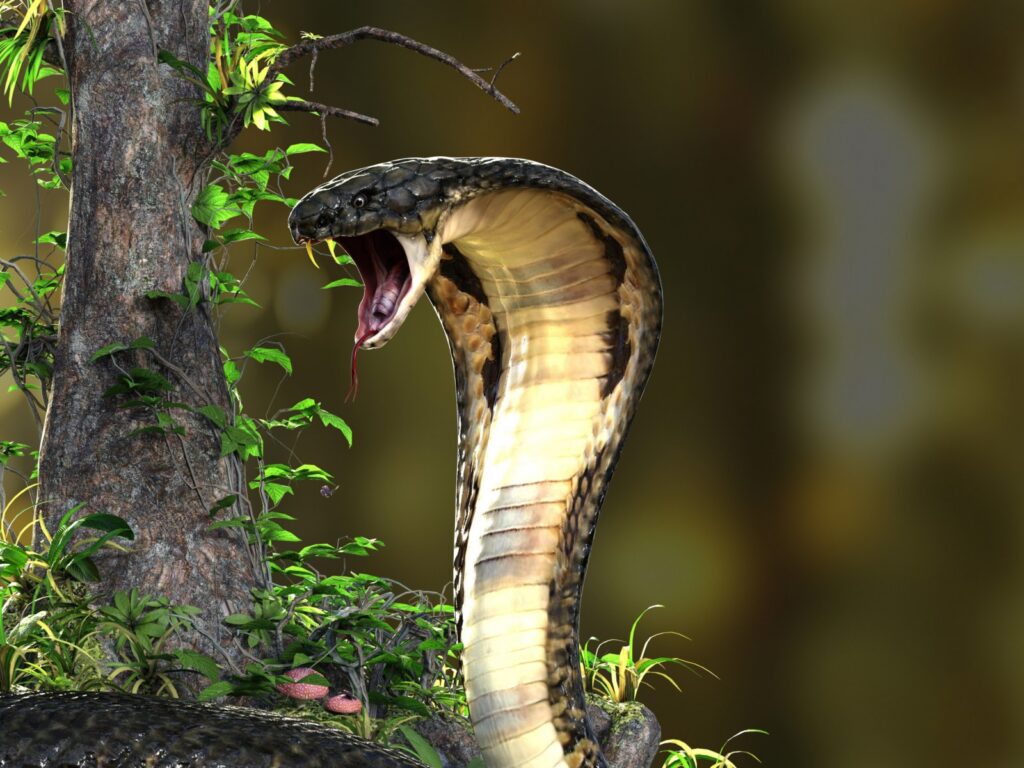
The role of learning and memory in the development of strike behavior represents one of the most fascinating aspects of snake behavioral development. Contrary to earlier beliefs that snake behavior was primarily instinctual, research has demonstrated that snakes possess remarkable learning capabilities that directly influence their striking behavior. Juvenile snakes show evidence of rapid learning, modifying their strike patterns after just a few experiences with certain prey types or defensive encounters. As they mature, this learning capacity becomes more sophisticated, with adult snakes demonstrating the ability to recognize specific prey types and adjust their strike positioning and venom deployment accordingly. Studies using maze tests and conditioned response experiments have revealed that snakes maintain these learned strike modifications for extended periods, with some species showing retention of learned strike adaptations for over a year after the initial learning experience.
Evolutionary Advantages of Age-Related Strike Changes
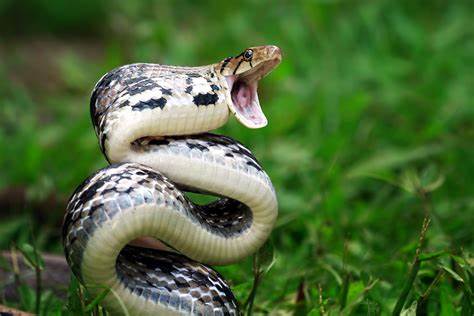
The evolutionary advantages of age-specific strike behaviors provide compelling insights into why this trait has been conserved across numerous snake lineages. For juvenile snakes, reactive and frequent striking with maximal venom deployment compensates for their smaller size and greater vulnerability to predation. This “high-intensity” approach ensures survival during the life stage with the highest mortality rates. As snakes mature and grow larger, the shift toward more energy-efficient, precisely targeted strikes with controlled venom deployment supports their increased metabolic demands and potential for reproductive success. This age-structured behavioral plasticity allows a single species to effectively occupy different ecological niches throughout its life cycle, reducing intraspecific competition between age groups. From an evolutionary perspective, these age-related behavioral changes represent a sophisticated adaptation that maximizes survival probability across all life stages while optimizing the use of metabolically expensive resources like venom.
Conservation Implications of Strike Behavior Research
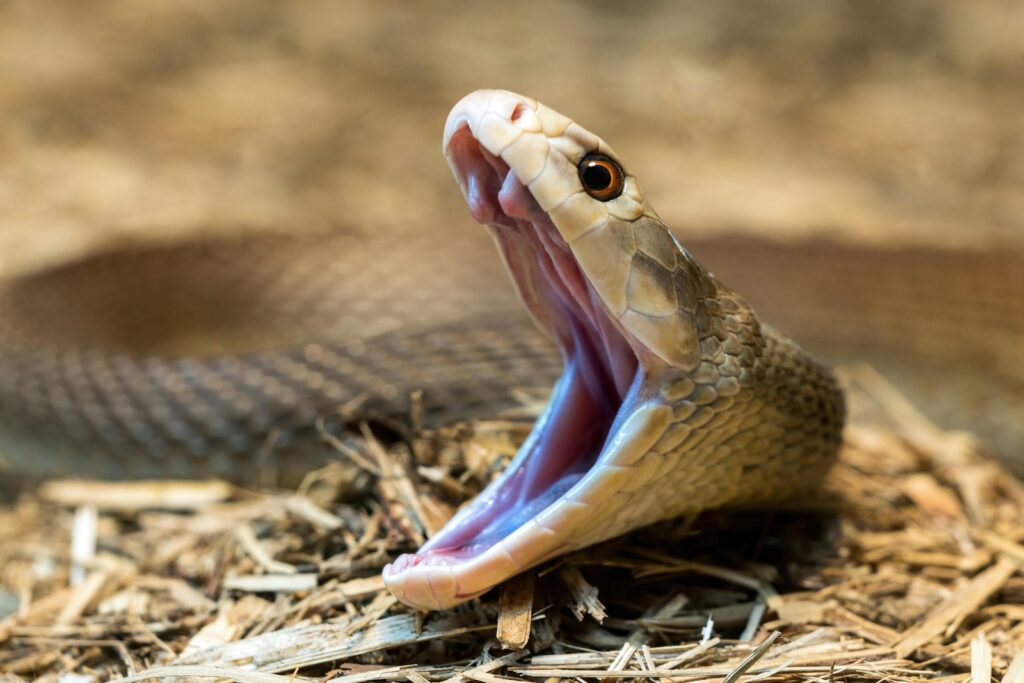
Understanding the age-related changes in snake strike behavior has significant implications for conservation efforts targeting these often misunderstood reptiles. Knowledge of how strike behavior evolves throughout a snake’s life provides valuable insights for wildlife management professionals developing protocols for safe handling and relocation of problem snakes in human-populated areas. The recognition that juvenile snakes often display more reactive striking behavior with less predictable patterns has informed public education campaigns that emphasize giving young snakes a wider berth despite their smaller size. Additionally, this research has contributed to anti-venom development by highlighting the need for treatments that address the different venom compositions found across a species’ life stages. Conservation programs have increasingly incorporated this developmental understanding into habitat protection strategies, ensuring preserved areas contain the diverse microhabitats needed to support snakes through their behaviorally distinct life phases.
The remarkable changes in strike behavior that snakes undergo throughout their lives represent one of nature’s most sophisticated examples of behavioral adaptation. From the specialized caudal luring of juveniles to the precisely calculated strikes of adults, these changes reflect the different challenges and opportunities snakes face as they grow. This developmental plasticity—involving changes in neurological processing, venom composition, hunting strategies, and defensive tactics—demonstrates the incredible sophistication of these animals often misunderstood by humans. By appreciating how snake strike behavior evolves with age, we gain not just scientific knowledge but also practical insights that can improve conservation efforts and promote coexistence with these fascinating reptiles. As research continues to unveil the complexities of this behavior, our understanding of these remarkable evolutionary adaptations will only deepen.

